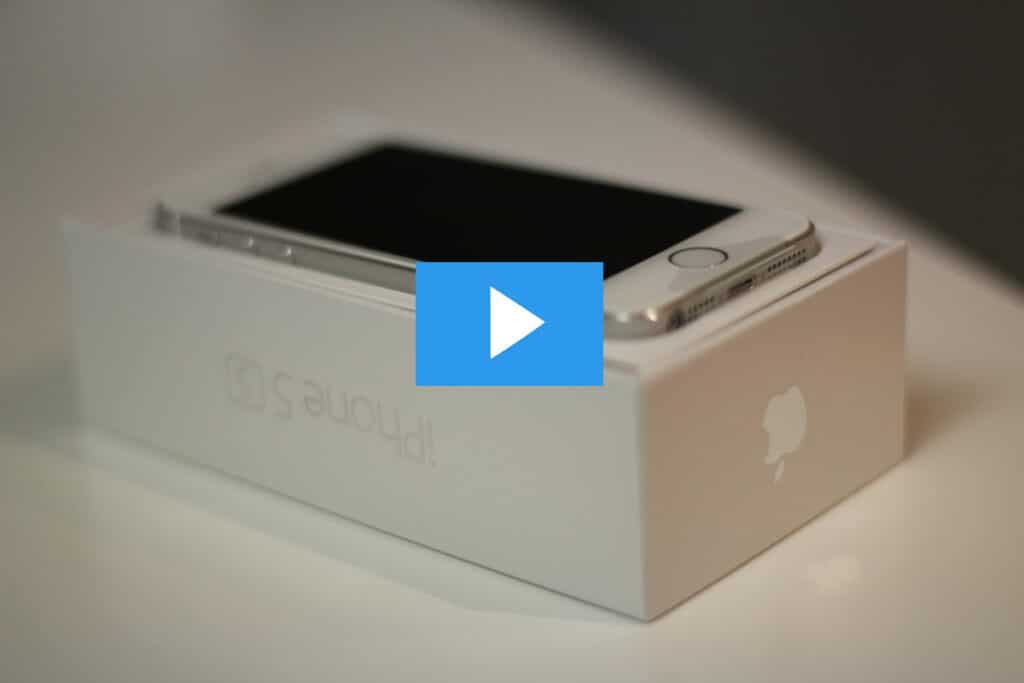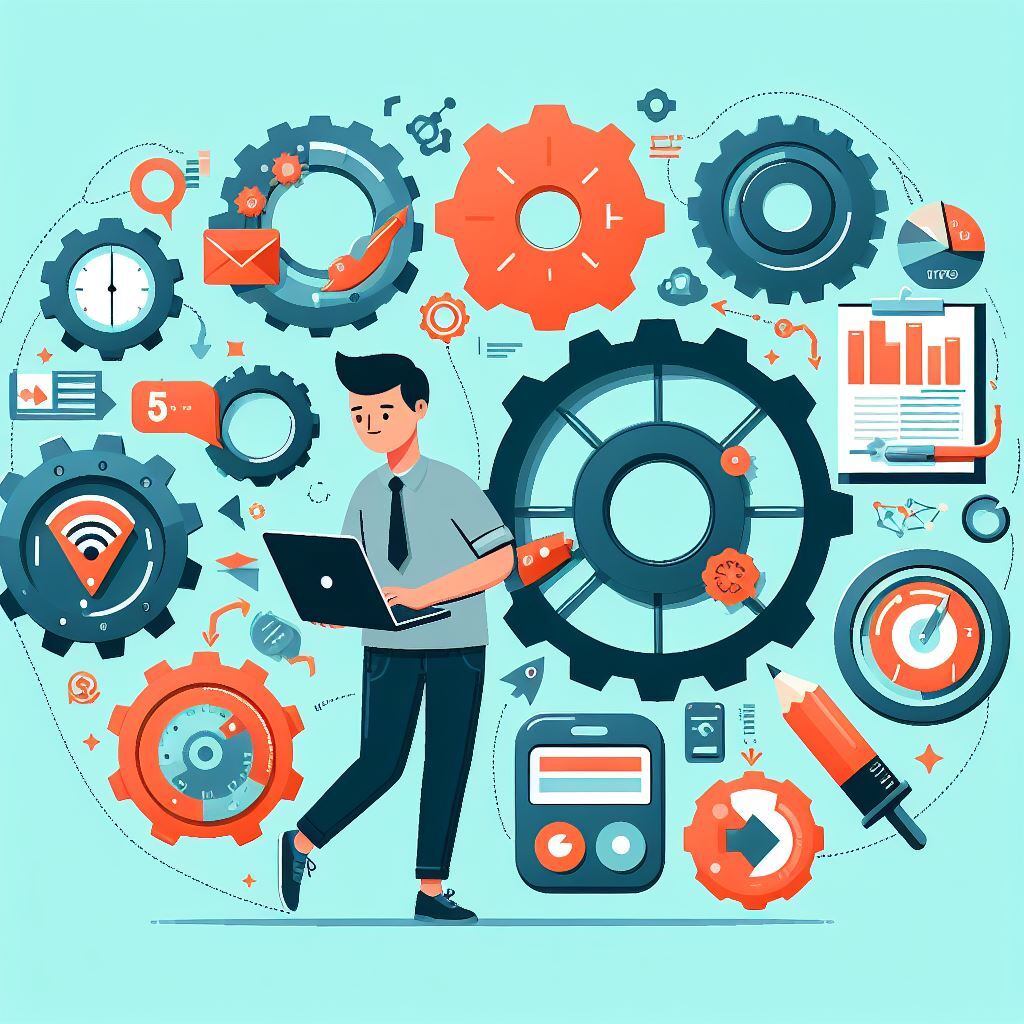We tend to believe that our decisions are based on a rational or analytical processing of our options. We like to believe that we’re in control, that our assessments lead us to making the right or best decision and that we aren’t swayed by branding or advertisements.
However, even if they sneak in ever so subtly, emotions are the main drivers in the entire decision-making process. Decisions are simply emotional, not logical.
Tip: See how you can create experiences that speak to your customers’ emotions and facilitate confident purchase decisions with Digital Advice solutions.
One of the world’s top neuroscientists, Antonio Damasio, discovered in a study that emotions are very important for choosing. He observed patients whose brain couldn’t generate emotions, e.g. as a result of brain surgeries or medical conditions. They could process information without problems, but had something else in common: they were not able to feel emotions and had severe difficulties making decisions.
Decisions cannot be made solely based on logic as they may have pros and cons on both sides and simply may be too complex. There is not enough time to process all information in a thorough fashion — therefore, emotions kick in consciously and subconsciously to guide and inform people about what to do and to determine how they make decisions.
A study by SMITH, an experiential commerce agency, found that there are up to 8 different emotional mindsets that influence how consumers make decisions to shop and buy. While some shoppers remain in a single emotional mindset throughout most of their buying journey, others tend to shift between several emotional mindsets more frequently.
8 emotions that drive shopping and buying decisions (© SMITH.co)
To craft optimized and personalized shopping experiences that resonate with buyers and to help you drive sales as well as loyalty, you have to understand the key emotional drivers and factors in your shopper’s needs, wants, and behaviors in their purchase journey.
Let’s run through the 8 emotional shopping states that influence shopping behaviors, and explore how frequently they occur as well as which strategies you can employ to connect and engage with customers in different emotional mindsets.
1. Needs Validation (20%*)
For 20% of surveyed shoppers, this is the most frequent emotional state. Needs Validation Shoppers are driven by a need to validate their choices. They are doubtful and hindered by a fear of getting it wrong, which makes them struggle to make up their minds.
In this state, shoppers are looking for other people’s opinions on their purchase and are amenable to expert advice.
Tip: User reviews, conversations on social media and most importantly, your expert advice, will play a major part in their decision making process. Integrate solutions that let you offer choosing support, e.g. interactive shopping guides, at crucial touchpoints in the customer journey. You will be able to instill confidence and build trust.
2. Decision Anxiety (17%*)
These people get overwhelmed when they shop. They experience the effects of choice overload and take their time to consider their options.
In a state of decision anxiety, shoppers know that they should make a choice, but they are not able to capture and assess the available options to such a degree that it makes them feel confident enough to make a decision. So they decide not to decide at all or decide over-hastily.
Tip: Don’t get hung up on communicating technical features. It will only confuse them more. A shopper with decision anxiety needs help and assistance to remove the nervousness and baffling distractions from their shopping experience.
Customizing their search, giving them control, helping them to compare options, and providing them with a simple and easy journey will alleviate some of their worries and focus their purchase-decision process.
3. I’m Special (16%*)
These shoppers love to feel special and unique. They crave exceptional shopping experiences that fit right in with their individual shopping preferences and habits, and put their needs first.
The I’m special group is more likely to hear about your products on social media and will share their purchase with their network too. They could be your early adopters and they certainly are your influencers that’ll help you spread the word and grow your customer base.
Tip: The clue is in the name with this group. You’ve got to make them feel unique and special. They expect highly personalized experiences, exclusive memberships, limited edition product releases and one-off targeted promotions. It strokes their ego and increases their sense of importance. Keep giving them things for free (content, products, services, samples) and let the art of reciprocation take its course.
4. Got To Be First (12%*)
These shoppers are driven by their need to feel superior, stand out and make a statement to their peers.
You know them. They have strong opinions about brands and are the ones that would camp outside the Apple store to be first to get their hands on the latest iPhone model.
Although features and style influence their decisions to some extent, the deciding factor is whether the product will take them closer to their ideal self and help them display their identity and values.
Tip: Think about how your product or service will make your customer feel. Appealing to the Got to be first shopper is just as much about getting your product right as it is about the tactics you adopt to sell it. Don’t market your tech specs, market your lifestyle.
5. Know-It-All (11%*)
In this emotional state, people are research hounds. They enjoy doing their research and are driven by their desire to be the leader and expert that friends, peers and colleagues can turn to for advice and recommendations.
They want to know it all. They browse and “shop for information” even when they’re not actively looking to purchase.
Tip: The Know-it-all will be spending time on your website, established news sites and will be reading industry publications on cutting-edge technology. Make sure to be featured in the primary news sources of your target audiences and turn them into educated influencers.
6. Buy And Be Done (10%*)
These people get easily frustrated when they shop and can also feel the effects of choice overload.
In this state, shoppers want to spend as little time as possible with shopping and don’t particularly enjoy the experience. It’s a headache for them to search and explore a store in hopes to find the right product.
Tip: Help them in their quest to save time and minimize their frustration. Integrate self-service options in-store and online to help shoppers find the information they need or the solutions to their problems quickly, without having to rely on the availability of a sales associate.
7. Want Some Fun (9%*)
In this state, shoppers browse and shop for fun. This is what’s known as dopamine browsing – shopping to feel rewarded or inspired. They are usually tech-savvy and consider the use of digital technologies in-store and online, social media, and mobile as part of an ideal shopping experience.
You probably know quite a few people who like shopping. Well, people who shop in the Want Some Fun emotional state don’t just like it, they love it. It’s their hobby, their entertainment, their escape.
Tip: The Want Some Fun shopper needs to be engaged and expects instant gratification. They’re looking for fun and entertainment and enjoy discovering items themselves. Provide them with a personalized, unique and interactive shopping experience to engage them and keep them entertained.
8. Avoid Remorse (9%*)
These people consider shopping as a chore and would always opt for the easiest and most trusted path to purchase.
When shoppers want to avoid remorse, they are more likely to purchase brands that reflect their values and beliefs or simply habitually purchase the things that they always have, because they feel safe in their purchase decision.
Tip: Pulling them away from their habitual purchase patterns is a challenge and pushing them into a sale will not work. You have to be memorable and make your store experience more than just a place to get merchandise. Using store technology such as beacons, touchscreen kiosks and interactive assistants can help you get their attention to educate them and nudge them into exploring and discovering new items in your store.
Don’t just consider emotion, make it central to your strategy
Emotions are natural human drivers that dictate how we behave and what we do. They influence how we shop and what we buy. Taking these 8 emotional shopping modes into account and integrating them into your sales strategy lets you drill down to the real reasons why customers shop and helps you meet their real needs, and isn’t that the whole point of being in business?
*) average distribution within North American population



![How Virtual and Augmented Reality will Influence Decision-Making [Infographic] | Guided Selling](https://www.guided-selling.org/wp-content/uploads/2016/06/generate_images_for_my_blog_post_post_title_is_-6.jpg)
